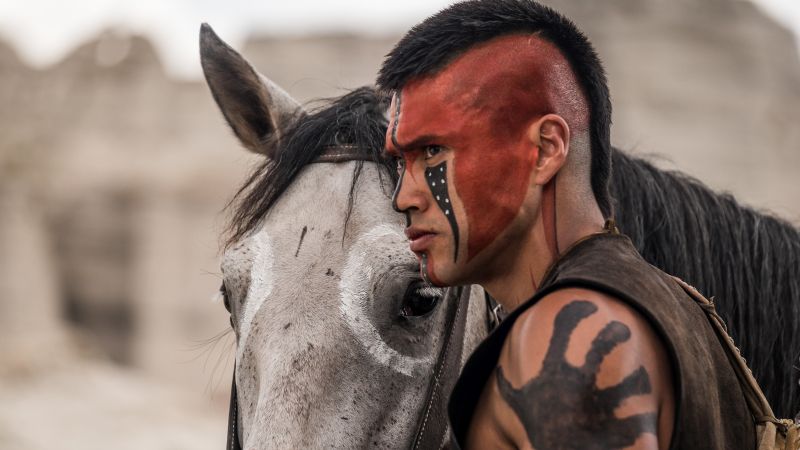

Kurosawa countersued, and the dispute was eventually settled out of court in 1993.
#Magnificent seven series
In 1991, a few years before moving ahead with the television series version of The Magnificent Seven, MGM (having taken over copyright ownership from United Artists) brought a lawsuit of their own against Toho and Kurosawa’s production company, arguing they still had the rights to produce remakes and sequels to Sturges’ 1960 film. This would not be the end of the legal scuffles.

4 For this, Kurosawa, Hashimoto, and Oguni were granted a sizable portion of the money Toho acquired through their deal with United Artists. The Tokyo District Court agreed with the plaintiffs, determining in 1978 that Toho had signed a “one-picture license” with no remake/sequel rights included. Their complaint was based on the fact that they’d written the screenplay of Seven Samurai independent of Toho, and that the studio had merely produced the 1954 film therefore the script was the writers’ intellectual property and Toho was not in a position to approve any third-party remakes without their consent. In 1973, Kurosawa and his co-screenwriters on Seven Samurai -Shinobu Hashimoto and Hideo Oguni-filed a lawsuit against Toho, arguing that the American remake (and its sequels) had been improperly authorized. Left to right: Shinobu Hashimoto, Akira Kurosawa, Hideo Oguni. The immense popularity of both movies has only flourished in the years since, overshadowing the legal trouble that arose in their wake. Leading man Yul Brynner, who’d been one of many parties racing to get remake rights of Kurosawa’s film, stated: “I felt it was one of the great westerns of all time, only it was made by the Japanese in the Japanese idiom.” 3 And director Sturges, while fully aware that he was copying another filmmaker’s story, at no point pretended he could surpass the majesty of the original. Supporting actor James Coburn recalled seeing Seven Samurai twelve times in twelve days, taking everyone he knew to see it in the process. Many of those involved in the 1960 film worked with sheer veneration for Kurosawa’s original. And this was the title United Artists/The Mirsch Company decided to use when they remade the Japanese film as a two-hour western in 1960.ĭirected by John Sturges, colorful and entertaining, with one of the most memorable film scores in cinema history, The Magnificent Seven has rightly earned its place as a minor classic, spawning three sequels, a television series, and a remake of its own in 2016. 2 The film eventually opened at New York’s Guild Theater in late 1956, after having been re-edited again (this time to 160 minutes), and was exhibited under a new title, The Magnificent Seven. Kurosawa wasn’t shocked, as he recalled the studio edits had done catastrophic damage to the movie’s first half, resulting in a confused narrative that didn’t pick up until the more action-heavy second half, which had only been slightly trimmed. There it won the Silver Lion Prize but nonetheless went home without a distributor. Questioning whether a 207-minute subtitled film would sell in the Occident, the studio opted to cut the picture down to 155 minutes before submitting it to the Venice International Film Festival in September 1954. Not long after the release of Akira Kurosawa’s Seven Samurai in 1954-during which it sold more tickets than any other Toho-produced film that year and ranked at #3 on Kinema Junpo ’s annual “Best Ten” list 1 -Toho began searching for an international market for this extraordinary film about poor farmers hiring samurai to defend their village.


 0 kommentar(er)
0 kommentar(er)
